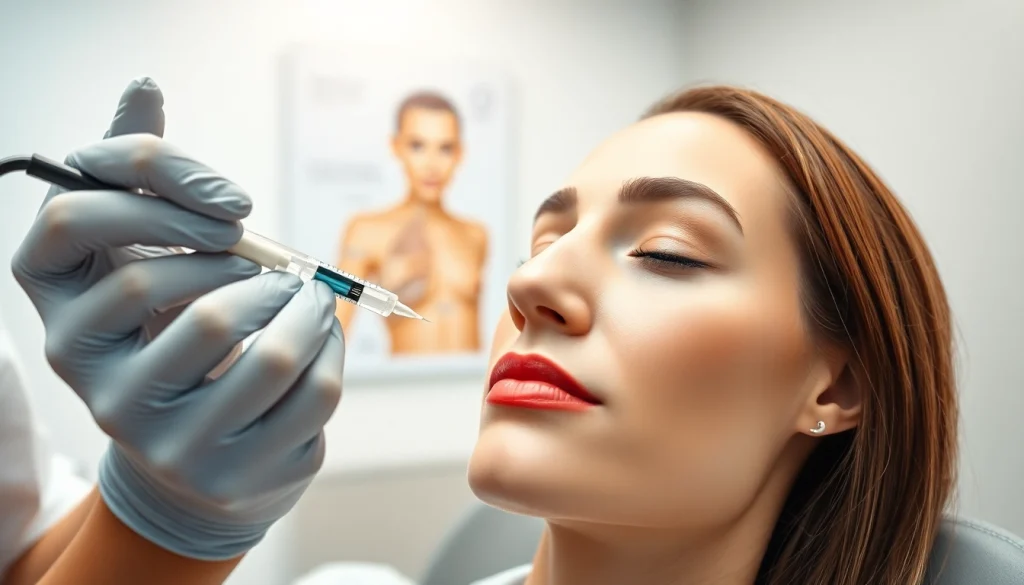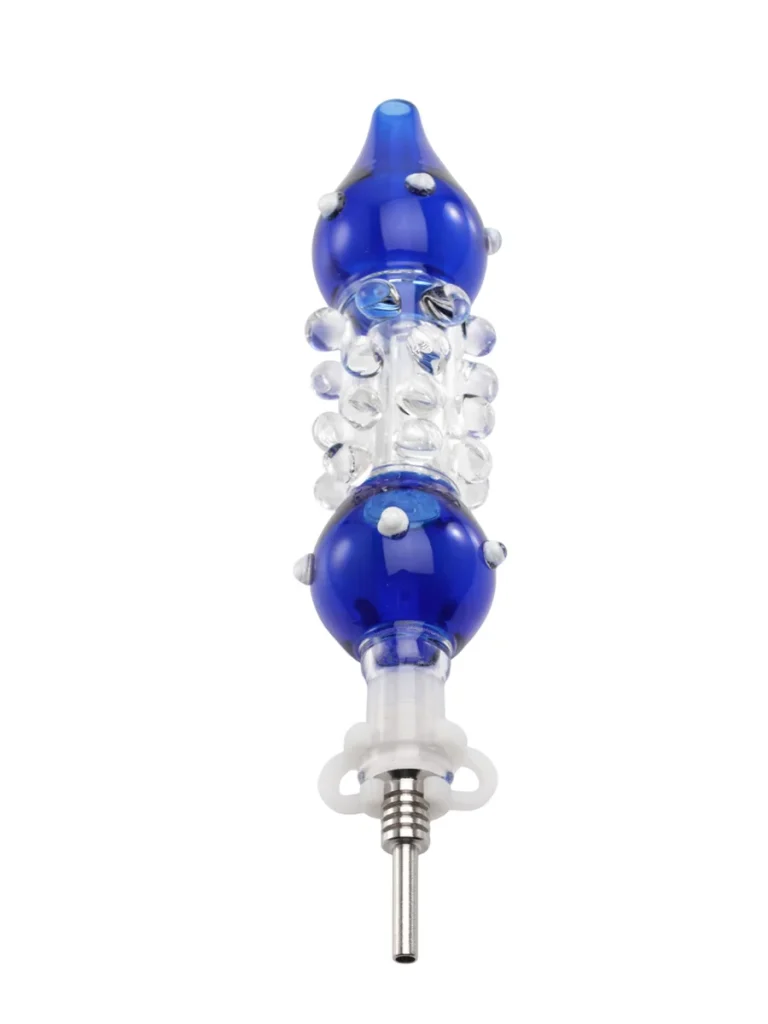
What Are Botox Injections?
Definition and Uses of Botox
Botox injections, a non-surgical cosmetic treatment, utilize a neurotoxic protein known as botulinum toxin type A. This potent substance is derived from the bacterium Clostridium botulinum. While it is commonly associated with cosmetic procedures to reduce the appearance of wrinkles, it has various medical applications as well. The primary function of Botox is to temporarily paralyze or weaken muscles by blocking nerve signals. This characteristic makes Botox effective for smoothing dynamic wrinkles—those caused by facial expressions like frowning or squinting—as well as treating medical conditions such as chronic migraines, excessive sweating, and muscle disorders.
Initially approved by the FDA in 2002 for cosmetic uses, Botox has gained immense popularity worldwide. Many individuals opt for botox injections to achieve a more youthful appearance, and its ability to provide quick results with minimal downtime further increases its appeal.
How Botox Works on Wrinkles
Botox works by inhibiting the release of acetylcholine, a neurotransmitter responsible for signaling muscle contractions. When injected into specific muscles, it temporarily paralyzes them, preventing the muscles from contracting and leading to the relaxation of wrinkles and fine lines. This effect typically takes a few days to become noticeable and can last anywhere from three to six months, depending on individual factors and the area treated.
For instance, in areas such as the forehead, around the eyes (crow’s feet), and between the eyebrows (frown lines), Botox can significantly improve the appearance of wrinkles. Patients often report a more refreshed and relaxed look following injections.
Common Conditions Treated with Botox
Apart from its cosmetic uses, Botox is employed in various medical treatments. Some common conditions treated with Botox include:
– Chronic Migraines: Botox can be used to reduce the frequency and severity of migraine attacks by blocking pain pathways.
– Hyperhidrosis: This condition involves excessive sweating. Botox injections can temporarily block the nerves that cause sweating, providing relief for patients.
– Cervical Dystonia: A movement disorder characterized by involuntary muscle contractions in the neck, Botox can help reduce the severity of these contractions.
– Blepharospasm: This neurological condition causes involuntary blinking or eyelid spasms, and Botox can assist in managing symptoms.
These medical applications illustrate the versatility of Botox beyond aesthetics, making it a valuable treatment option for many patients.
The Botox Injection Process
What to Expect During Your Appointment
When preparing for a Botox appointment, it is essential to choose a qualified provider who understands facial anatomy and the proper injection techniques. On the day of your appointment, a consultation will typically precede the actual procedure, where the practitioner will discuss your goals, assess your facial structure, and determine the appropriate treatment plan.
You may be advised to avoid blood thinners such as aspirin or ibuprofen for at least 24 hours before the injection to minimize the risk of bruising. The treatment itself usually lasts anywhere from 10 to 30 minutes, depending on the number of areas being treated.
Step-by-Step Injection Process
The injection process for Botox involves several key steps:
1. Preparation: The treatment area is cleaned, and your provider may apply a topical anesthetic to minimize discomfort.
2. Marking the Injection Sites: The practitioner will mark the specific areas where the injections will be administered based on your treatment plan.
3. Injection: Using a fine needle, Botox is injected into the targeted muscles. Patients may experience a slight stinging sensation, but discomfort is generally minimal.
4. Post-Injection Care: After the injections, the provider will give you aftercare instructions, such as avoiding strenuous exercise, lying down, or rubbing the treatment area for the next 24 hours.
Aftercare and Recovery Tips
Post-treatment care is crucial for achieving optimal results. Here are some aftercare tips to follow:
– Avoid Touching the Area: Refrain from massaging or rubbing the injected areas for at least 24 hours to prevent the spread of the toxin to neighboring muscles.
– Stay Upright: Avoid lying down or bending over for several hours after treatment. This helps prevent the spread of Botox and reduces the risk of complications.
– Watch for Side Effects: Common side effects include minor swelling, bruising, or redness at the injection site. If you experience severe pain, difficulty swallowing, or muscle weakness, contact your provider immediately.
Most patients can resume their normal activities shortly after the procedure, making Botox a popular choice for those seeking a quick aesthetic enhancement.
Benefits of Botox Injections
Cosmetic Advantages of Botox
The primary cosmetic advantage of Botox injections is their ability to reduce the appearance of wrinkles and fine lines, contributing to a more youthful appearance. Other cosmetic benefits include:
– Quick Procedure with Immediate Results: The treatment is relatively quick, often taking less than half an hour, with noticeable improvements typically observed within a few days.
– Minimal Downtime: Most patients can return to their daily routine immediately, making it an attractive option for busy individuals.
– Non-Invasive: Unlike surgical options, Botox does not require incisions or general anesthesia, which reduces recovery time and potential complications.
Medical Benefits Beyond Aesthetics
Apart from cosmetic improvements, Botox injections have several medical benefits, including:
– Migraine Relief: Studies show that Botox is effective in reducing the frequency of chronic migraines for many patients.
– Management of Muscle Spasms: Conditions like spasticity and cervical dystonia can be alleviated with Botox, improving patients’ quality of life.
– Treatment for Excessive Sweating: For individuals suffering from hyperhidrosis, Botox can significantly reduce sweating in targeted areas.
These benefits illustrate the diverse applications of Botox, proving it to be more than a mere cosmetic treatment.
Longevity of Results
The effects of Botox typically last between three to six months, depending on various factors such as the treatment area, dosage, and individual metabolism. While many patients choose to schedule regular follow-up appointments to maintain their results, others may experience varying durations of effect based on their unique physiology.
Maintaining results may also be influenced by lifestyle factors such as sun exposure, smoking, and skin care routines, which can contribute to the development of new wrinkles.
Potential Risks and Side Effects
Common Side Effects of Botox Injections
While Botox is generally considered safe, potential side effects may arise, including:
– Localized Reactions: These may include swelling, bruising, or redness at the injection site.
– Headaches: Some patients report headaches following Botox injections, though these are usually temporary.
– Droopy Eyelids or Asymmetry: If the injections are not administered correctly, it can result in temporary drooping of eyelids or uneven facial features.
It’s crucial to seek treatment from a qualified, experienced practitioner to minimize the risk of complications.
Safety Concerns and Myths
Despite its popularity, Botox is often surrounded by myths and misconceptions. For instance, some people believe that Botox is unsafe or that it will “freeze” their face. When performed by a licensed professional, Botox is safe and can provide subtle, natural-looking results without altering expressiveness.
Understanding the science behind Botox and its applications can dispel these myths and encourage informed decisions among potential patients.
Knowing When to Avoid Botox
Certain individuals should exercise caution or avoid Botox altogether, including:
– Pregnant or Breastfeeding Women: Safety has not been established for those who are pregnant or nursing.
– People with Certain Neurological Conditions: Individuals with condition such as myasthenia gravis or amyotrophic lateral sclerosis should consult their doctors before treatment.
– Allergies: Anyone with a known allergy to any ingredient in Botox should refrain from using it.
Always consult with a healthcare professional to determine whether Botox is an appropriate treatment option for you.
Finding the Right Provider for Botox Injections
Qualifications to Look For in a Practitioner
Choosing the right provider is crucial for a safe and effective Botox experience. Look for:
– Board-Certified Specialists: Ensure the practitioner is certified in dermatology, plastic surgery, or a related field.
– Experience: Ask how many Botox treatments the provider has performed and if they can share previous case results.
– Facility Accreditation: The treatment should be performed in a reputable medical facility that meets safety and hygiene standards.
A qualified practitioner will not only deliver better results but also prioritize your safety throughout the process.
Questions to Ask Before the Procedure
Before receiving Botox injections, it’s vital to gather information to help make an informed decision. Consider asking:
– What is your experience with Botox injections?
– Are you certified to administer Botox?
– What can I expect in terms of results and side effects?
These questions can provide clarity and help build trust in your provider.
Discussing Costs and Treatment Plans
The cost of Botox can vary significantly based on geographical location, the expertise of the practitioner, and the number of areas treated. Typically, pricing is calculated per unit of Botox used. It is essential to have an open discussion about costs to avoid surprises and understand the best treatment plan for your budget.
Considering ongoing maintenance, many clinics offer membership plans or packages that can make the regular use of Botox more economical over time.



